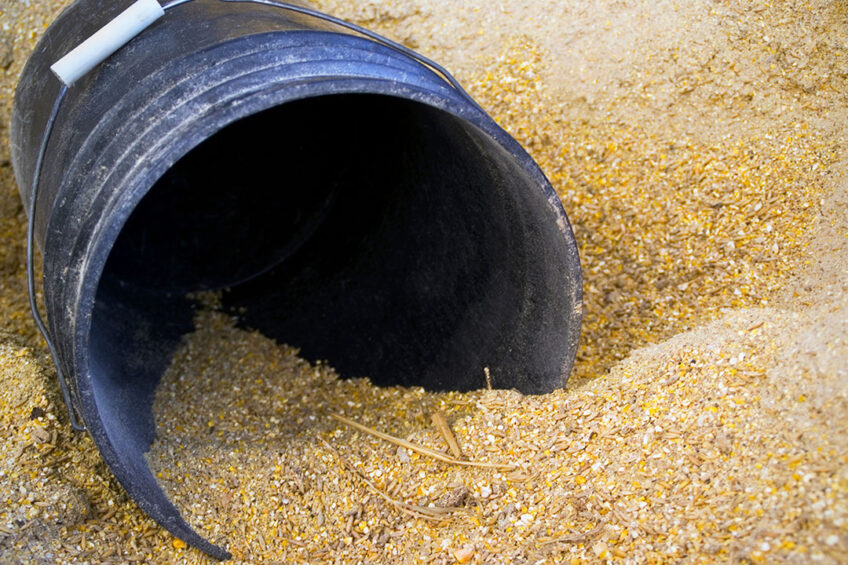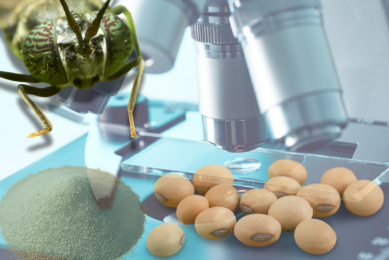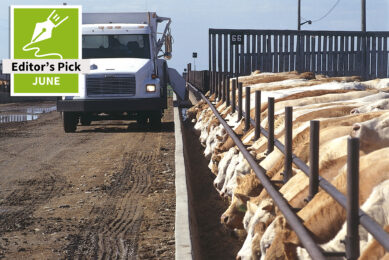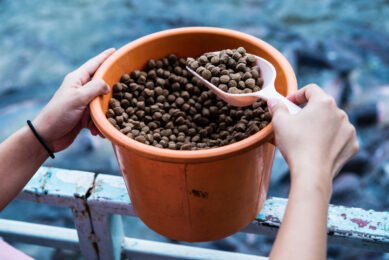Iran to produce feedstuff from lignocellulosic waste

A group of Iranian scientists have developed a method for processing lignocellulosic waste into nitrogen-rich animal feed. They claimed that this is the first-of-its-kind technology in the global feed industry.
Around 21.5 million tons of lignocellulosic residues from straw are produced per year in Iran, Dr Kian Mehr, one of the chief researchers, said. These are inexpensive and abundant sources of fibre, though their use in the feed industry traditionally has been limited by low digestibility.
Solving this issue has tremendous practical importance for Iran, which currently heavily depends on the import of feedstuff and has to spend foreign exchange currency to source much-needed inputs, Dr Mehr commented.
Lack of animal feed in Iran
Concerns over a lack of feedstuff have been repeatedly voiced by the Iranian livestock industry officials during the past year.
For instance, Gorgan Iftakharuddin, a member of the board of directors of the Golestan union of poultry feed factories has recently said the poultry industry is hit by a lack of soybean meal so severe, that it could cause a mass closure of operations in the region.
Multiple advantages
The scientists said they used nitrogen enrichment and oxidation to improve the digestibility of lignocellulosic biomass, though no additional details have been provided. A series of preliminary trials have shown that the biomass processed using the developed technology, when added to the cattle feed, also lowers methane emissions by a solid 67%.
The processing takes little time, requires ambient temperature and pressure, and can be used on a wide range of biomass in a solid state without a need to recover chemicals in advance, Dr Mehr stated, speaking about the upsides of the developed method. In addition, it is almost waste-free and is not associated with the generation of any toxic by-products.
Industrial use is on the cards
The lignocellulosic waste is also good for the production of feed pellets, thanks to the high content of lignin, which is used as a natural binder. In theory, the scientists, said using lignocellulosic waste as a feed component feed manufacturers could save money on energy costs, and require less binders.
On the other hand, it looks like the technology is relatively far from commercialisation. So far, the lignocellulosic waste processing has taken place only in laboratory conditions. The researchers believe they still have to shape up their method before it could be offered for mass production.











